Cleaning the Front Doorstep of the Houses and Workplaces
"An important issue that is emphasized in order to ensure the cleanliness of the neighborhood, street and highroad is that everyone cleans in front of their own house and workplace. This has become a general rule and has been applied in all Ottoman Empire centuries.
19 Zilhijce 1218 / March 31 , 1804, all house and shop owners in the city were asked to clean in front of their houses and shops, to clean them from all kinds of filth and dirt, and the neighborhood imams and tradesmen chamberlain were given heavy responsibility in this regard. It has been stated that if dirt is seen in front of any house and shop, the neighborhood imam and the chamberlain will be punished instead of the house and shop owners. (Öztürk, 2007).
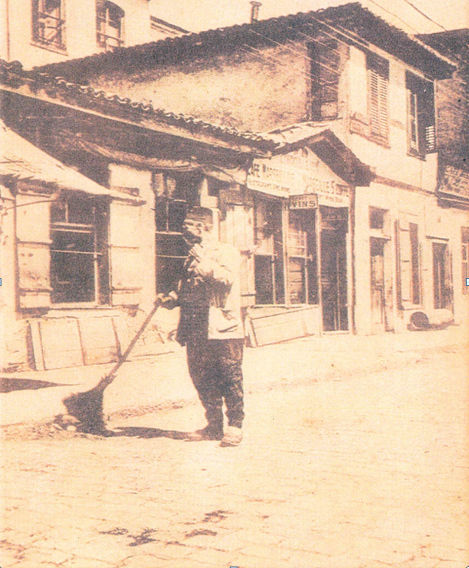
Figure 1 - A
Scavenger in Thessaloniki . Kağıthane Municipality Collection
References : Öztürk, S. (2007). Environment, Human and History, Istanbul: Istanbul Metropolitan Municipality Publications.
Using Cars and Animals to Clean the City
" Şehremaneti used cars and animals to clean the city. The cars were called Tanzifat cars (garbage cars). Animals were used to pull the cars. (Öztürk, 2007)."
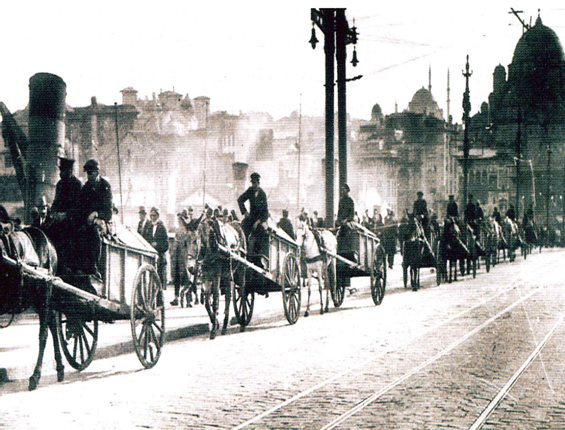
Figure 2 -
Horse-drawn Garbage Cars on the Galata Bridge in the 1940s. Kağıthane Municipality Collection
References: Öztürk, S. (2007). Environment, Human and History, Istanbul: Istanbul Metropolitan Municipality Publications.
Broom Maker Tradesman
Group operating within the Ottoman tradesmen organization is the broom maker who manufactures and sells brooms, which are the most important things of cleaning. Broom cleaner was an indispensable cleaning tool for every house and every establishment until the emergence of electrical cleaning tools. Even today, its use continues despite the advanced developments in cleaning tools.
Broom maker tradesmen, called corn-mat broom makers or wicker broom makers, had to act within certain rules and norms, just like other artisan groups . There is a chamberlain of the tradesmen , a valiant leader . It was forbidden to operate in this branch of craft without permission. Persons who illegally participated in the tradesmen from outside were dismissed from their jobs, and the officials involved in this would be punished. (Öztürk, 2007).
Figure 3 -
Broom Craftsman. Ataturk Library Collection , nr . 2090.
References: Öztürk, S. (2007). Environment, Human and History, Istanbul: Istanbul Metropolitan Municipality Publications.
Measures Taken Against Fire
"In the Ottoman Empire, different measures were taken against fire at various times. Among the issues related to the construction of buildings in Istanbul, it is noteworthy that the burning houses are made of stone. Not employing ignorant architects seems to be
another important measure taken. There are many precautions and post-fire arrangements taken against fire in the 19th century. Considering the factors causing the fire, regulations were made within this framework. Among the factors that cause fire, wooden and adjacent structures, narrow streets are shown. (Öztürk, 2007).
Figure 4 -
Sicni Pasha and the Fire Brigade. Atatürk Library Collection, nr.876.
References: Öztürk, S. (2007). Environment, Human and History, Istanbul: Istanbul Metropolitan Municipality Publications.
Fire Regulations
"Many regulations regarding the responsibility areas of municipalities were published in the second half of the 19th century. While the measures to be taken against fire were listed in separate sections within these regulations, the "men'-i harik " regulation was also published separately. (Öztürk, 2007 )."
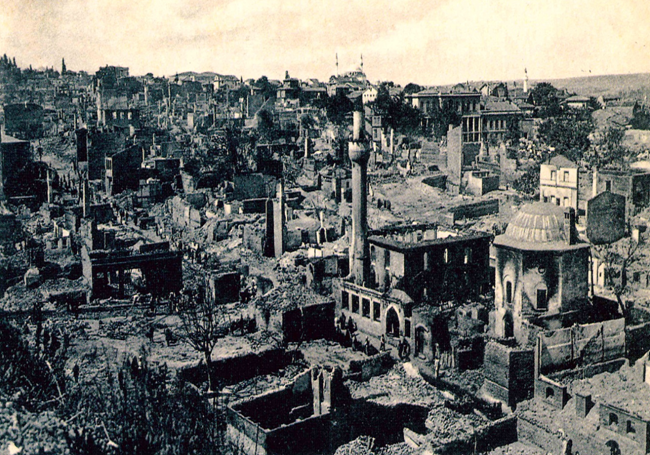
Figure 5 - After the Fire in Istanbul on August 23, 1908. Ataturk Library Collection, nr . 4093
References: Öztürk, S. (2007). Environment, Human and History, Istanbul: Istanbul Metropolitan Municipality Publications.
Removing Garbage from the Streets
"We know that there were strict controls and practices in all Ottoman centuries in terms of not spilling garbage between streets and neighborhoods and removing the spilled garbage. In a document dated 3 Safer 1268 / 28 November 1851, removing the accumulated trash between streets and neighborhoods, paying attention to kindness and hygiene, is the will of the padishah on this issue and it is stated that it is an order of grand vizierate, it is reminded that kindness is an order of religion, and it is stated that cleanliness prevents the emergence of contagious diseases. (Öztürk, 2007).
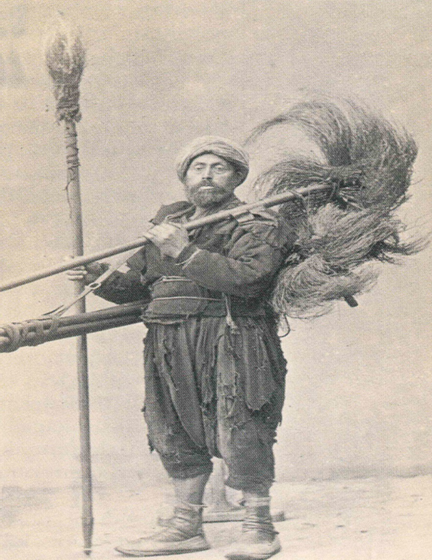
Figure 6 - Chimney Cleaner. Atatürk Library Collection, Album, nr . 8890
References: Öztürk, S. (2007). Environment, Human and History, Istanbul: Istanbul Metropolitan Municipality Publications.
Gardens and Recreation Areas
"Gardening and floristry had an important place in the Ottoman Empire. Especially in Istanbul, many gardens have been created and floristry has become a branch of art in itself. Istanbul has become a city of gardens (Öztürk, 2007)."
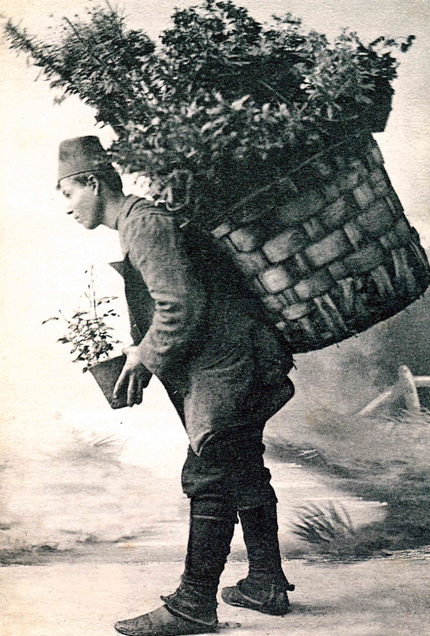
Figure 7 -
Florist. Ataturk Library Collection, nr . 895.
References: Öztürk, S. (2007). Environment, Human and History, Istanbul: Istanbul Metropolitan Municipality Publications.